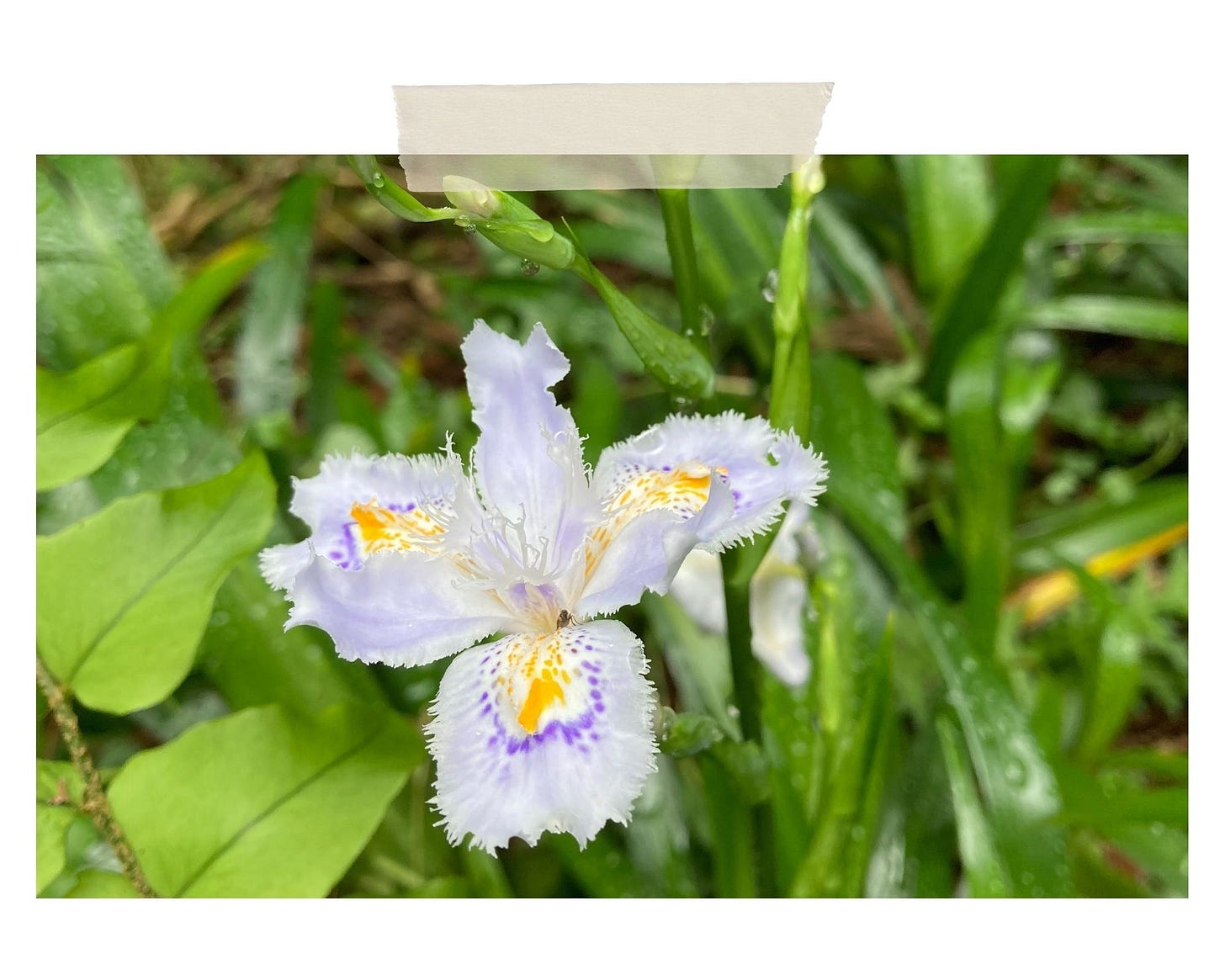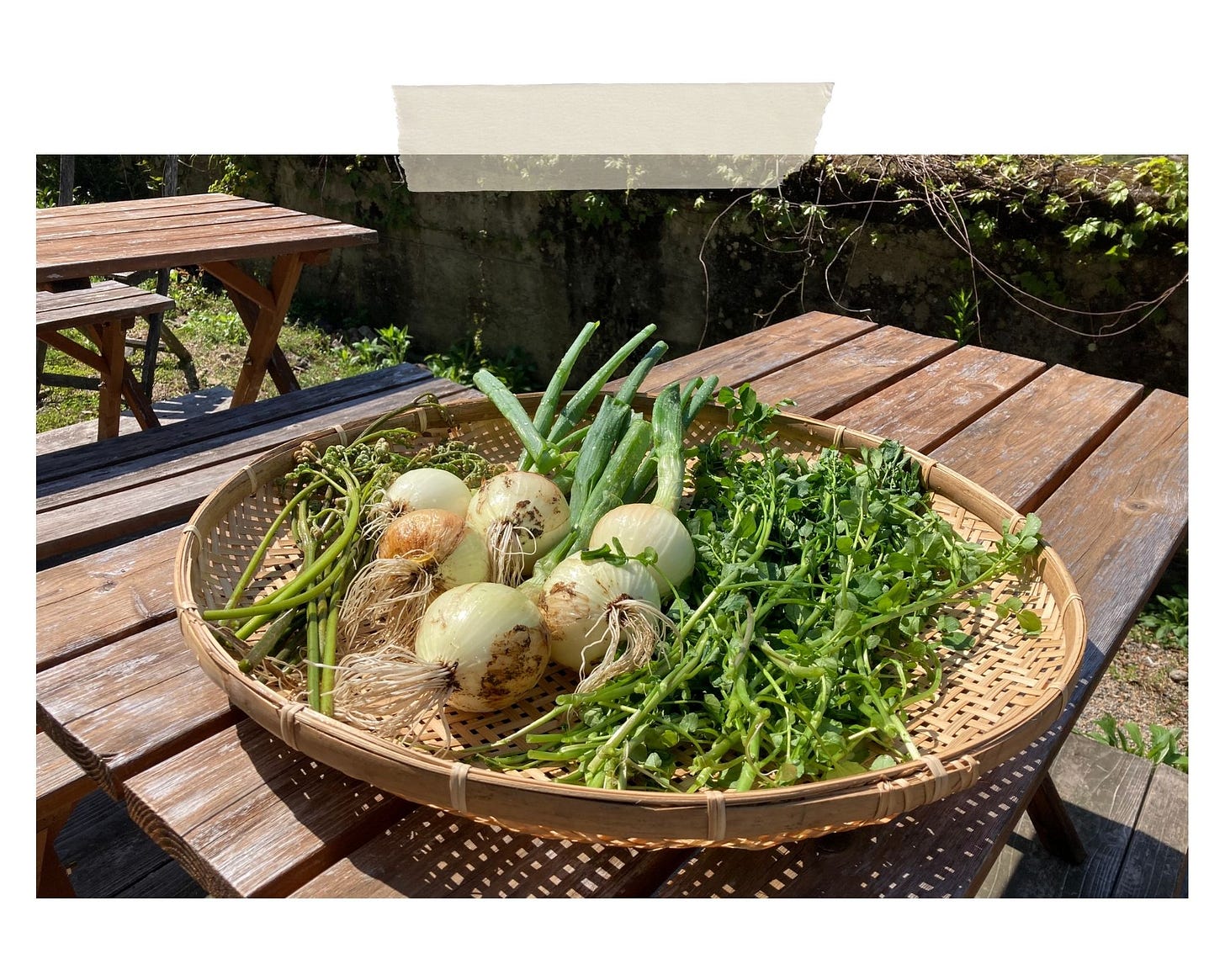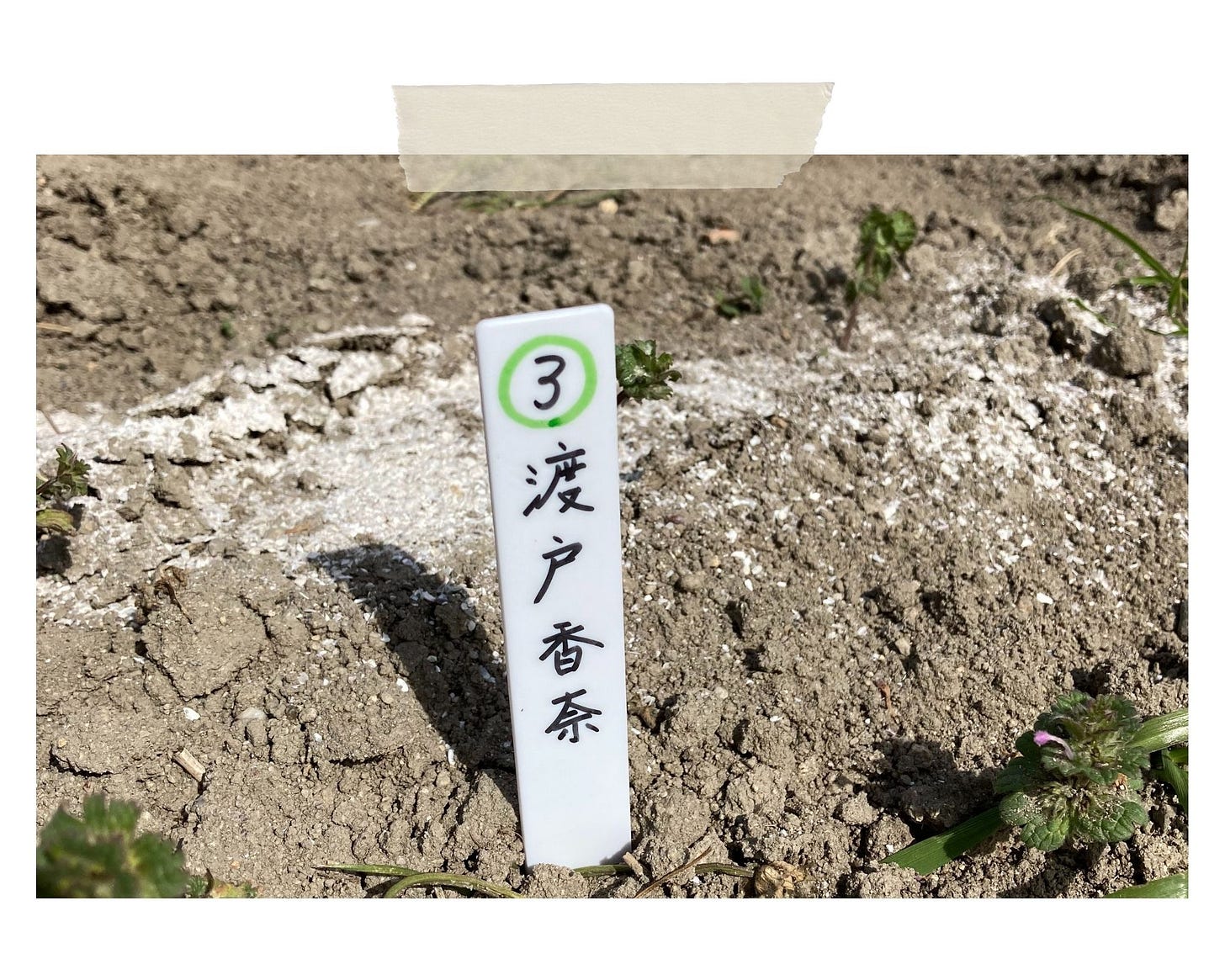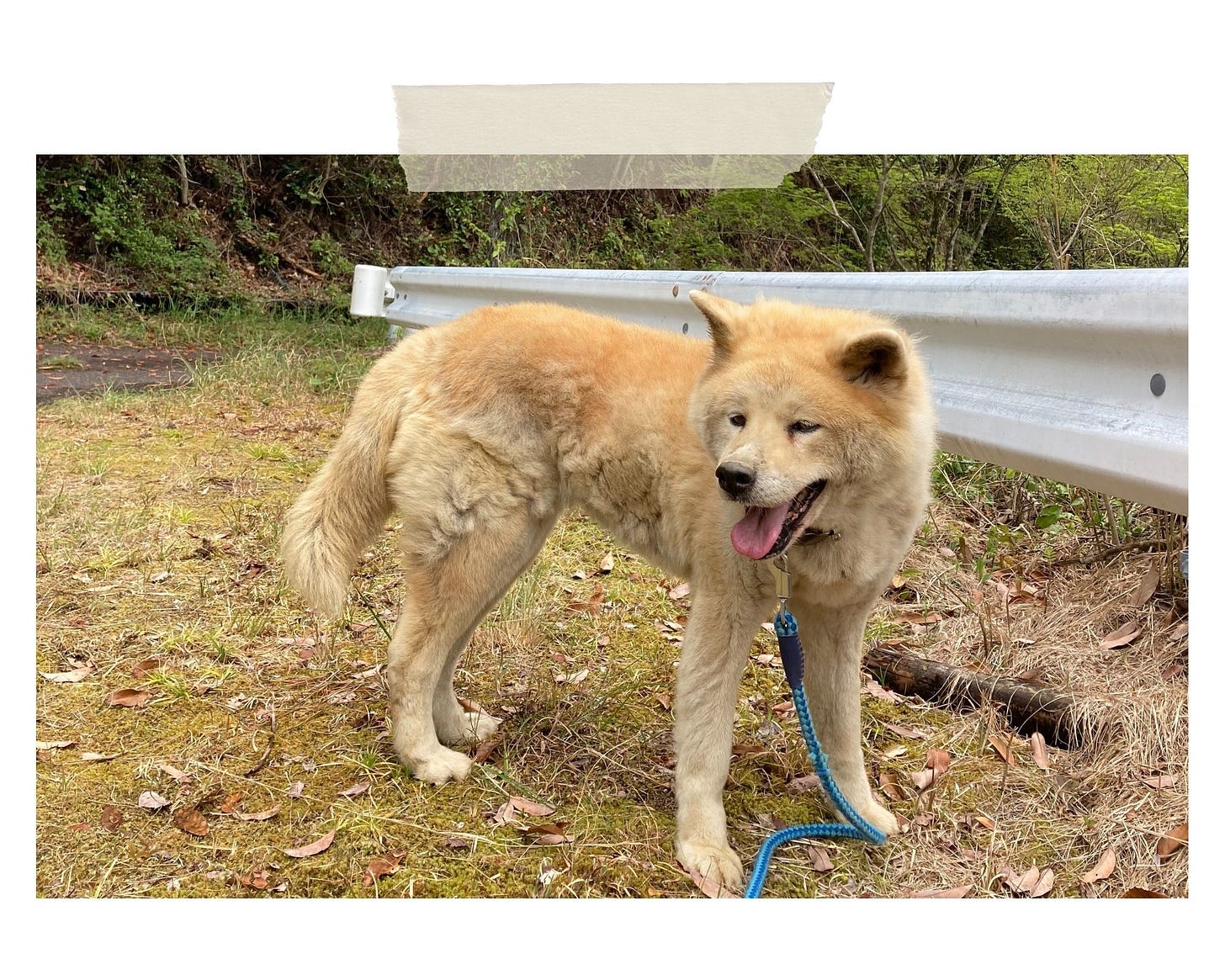Hello dear friends,
Hope you’re having a relaxing afternoon or early morning. Wherever you’re making time to read this, thank you!
Kamikatsu is blooming—the mountains are dotted with flowers and all things nature is coming to life after winter hibernation. Cherry blossoms, which were in full bloom a week ago, have been swept off the trees in the wind. The pale pink and white are being replaced by the light, bright green of new leaves.
I grew up only visiting Japan in the summers, so the other seasons were mysteries to me. April is an important month in Japan, as it’s the ‘beginning’ of a new year. Japanese are busy cleaning their homes, finishing and beginning new projects at work, and attending ceremonies for their children who are going back to school, I’ve never experienced a spring humming with so much activity.
What’s a ‘homesteader’?
About a month ago, a friend visited me in Kamikatsu. She was my first roommate when I moved to my new home in the village. I was so happy to welcome her back and we laughed about all the adventures we had a year ago when she and I navigated (what felt like at the time) survival in the countryside.
Nearly a year has passed, and I feel much more settled in the rhythms of living in the countryside. One morning on her visit, my roommate and I walked over to the chicken coop to get the eggs from the hen. She looked over at me and said, ‘you’ve become such a homesteader!’
I laughed and admitted I had no idea what that word meant. It sounded like an outdated term and the image that came to mind was a lady from rural America turning butter by hand, wearing something like a frilly collared blouse and bonnet. Curious to know more I looked up the word and it turns out the word does have roots in rural America in the 1800s. Americans at the time were given large areas of land at a small cost and in exchange were required to build a home, live on the land, and farm it (with the idea of ‘developing’ rural America).
Modern-day applications of the word ‘homesteader’ really come down to strivings for a more self-sufficient life. As cities expanded, people left farmland and chose to dwell in comfortable, urban areas. The impact of that was many people made choices that favored cheap and convenience.
Homesteading was a return to a more sustainable and holistic lifestyle—a yearning for self-sufficiency.
Common homesteading practices include:
Growing and preserving your food
Raising livestock
Cooking from scratch
Harmony with the land
Making your household items
Working with textiles
‘Cooking from scratch’ and ‘harmony with the land’ are two points I can identify, reflecting on the past year. I’ve dipped my toes in things like preserving food or making my things, but what has shifted my interest in these hobbies to thinking more about self-sufficiency would be how I have fundamentally begun to rethink my relationship with food and my environment. Lastly, another common practice of homesteading is reusing as much as possible.
Most of our grandparents, or a generation before that, really didn’t waste much of anything. Food scraps were reinvented or composted, things that were torn were sewed, and items that were broken were fixed—it’s amazing to apply creativity to tackle our consumption.
Well… it turns out I am quite the homesteader. While I’m not convinced I’m a fan of this name, I stand behind the principles and the ideas. I recognize the difficulties, but I’m much more in favor of a life that is focused on being self-sufficient, close to nature, and a return to local, whole, and nutritious food. Excited for more homesteading adventures yet to come! If I think of a better word, I’ll let you know.
Farming school
I started organic farming school! It’s crazy to think that I’m back in school (and for farming of all things). Since moving to Kamikatsu, it’s been a dream to start a shared farm—I’ve loved the idea of a community coming together for a farm. The only problem with this dream is that I know nothing about farming.
I serendipitously came across a flyer that was offering farming classes at a very affordable price. Even though the location is about 1.5 hours away from Kamikatsu, it’s only once a month so it felt doable.
I had my first class at the beginning of the month. I was joined by about 25 other students who ranged from young (also late 20s) to people who looked like veteran farmers, dressed head to toe in farming wear. It was nice since I didn’t feel out of place because it was clear there was so much diversity in backgrounds. The first class focused on the history of the organic movement in Japan.
After that, we then covered a much more practical topic, soil. This brown-ish stuff I had mostly taken for granted my whole life, suddenly became a wonderful living and complex thing to study. The half-day of theory in the morning is followed by an afternoon outside on the farm. Each student gets a small plot of land and over the course of the year, we’ll be planting various things on it over the summer and using it as our lab.
Learning is so much fun! And wow, learning something that feels so instantaneous practical and tangible is a whole new level of fun. I have to say, compared to my many years in academia, farming is so far the most fun I’ve had in “school”.
I can’t wait to keep discovering more about farming and striving for more self-sufficiency in my daily life. Learning is a lifelong journey and I think it’s so important to lean into our interests with curiosity and awe.
I hope everyone has a wonderful, restful weekend and a beautiful week ahead.
Be mindful and prioritize the most important things. Don’t feel rushed.
Be kind to yourself and others.
Big hug,
Kana (and pup Aki pictured below)









